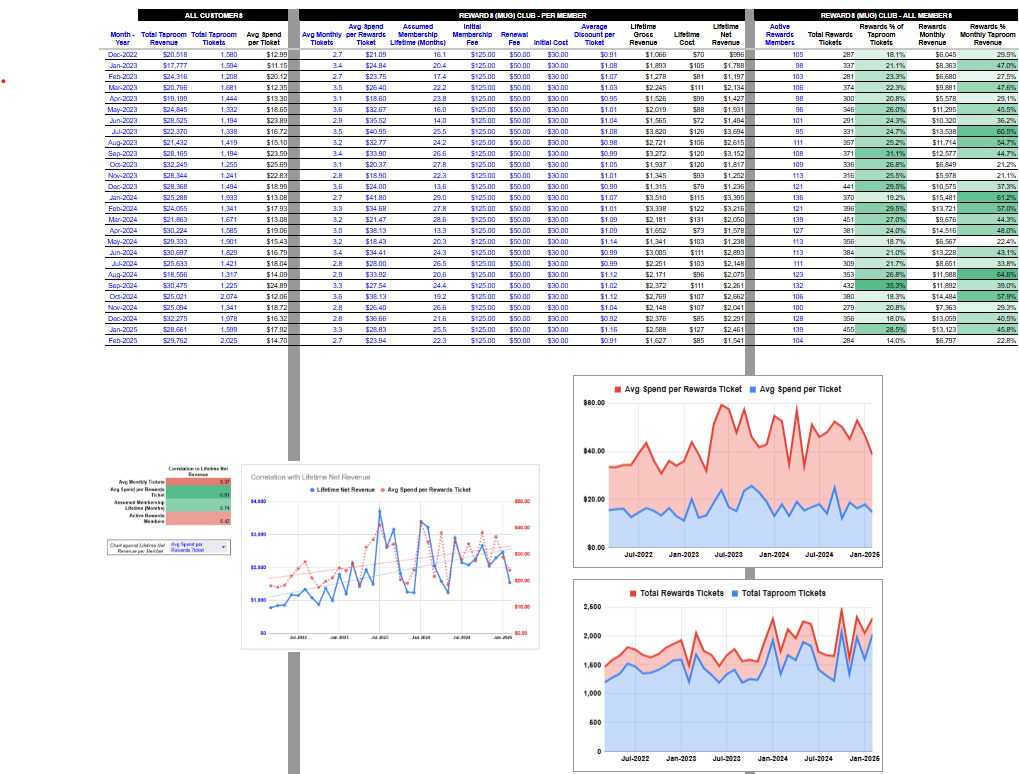Breweries And Fine Dining: Get on the Menu and Boost Your Reputation
Craft beer and fine dining may not always be thought of together - but they should be. If your beer fits the environment and tells the right story, it could be a welcome addition to a fine dining restaurant's menu. Beer is cheaper than wine but can still be premium, especially for savvy customers who understand quality. But keep in mind, this isn’t a high-volume sales play; it’s a marketing channel that can elevate your brand and boost interest in your other brews.
Know what kind of beers restaurants are looking for
Fine dining restaurants prioritize beers that complement the dishes they serve. They aren’t looking for brews with overpowering flavors that clash with food. Think about styles like grisettes, saisons, and restrained IPAs. These types of beers are:
Complex enough to enhance a meal without overwhelming it
Nuanced, adding layers to the dining experience
Balanced, making them versatile for pairing with multiple courses
Also, consider how barrel-aged or locally sourced ingredients can add depth to your story. High-end restaurants often care deeply about sourcing and sustainability. An interesting origin story makes your beer more attractive to restaurant staff, giving them something notable to share with guests.
Pro Tip:
Work with your wholesaler or distributor to emphasize the beer’s story - its ingredients, where it’s sourced from, and its sustainability. Give your beer a resume. Many high-end establishments proudly tout their local sourcing, and your beer should fit right into that narrative.
Ask yourself:
Is your grain grown locally?
Are your hops regionally sourced?
Do you have a unique brewing process that adds character?
These details make it easier for waitstaff to sell your beer as part of the broader experience the restaurant is offering. Consider holding tasting sessions for the restaurant staff so they can speak from experience, not just a sales sheet.
Brewery Insider highlights Barrel & Beam, a Michigan-based brewery that got its oak-aged grisette onto the menu at Echelon Kitchen & Bar, a high-end local eatery. This wasn’t just a “set it and forget it” tap placement - it was used as a conversation starter for guests who were curious about local sourcing and the craft process. The beer’s presence wasn’t just a menu item; it became part of the dining experience.
Getting your beer on the menu is just the first step. The real magic happens when the restaurant staff can tell your story with confidence.
Don’t chase volume, chase influence
This is more of a branding play than a profit driver. You’re probably not going to move large volumes of beer through fine dining channels - but that’s not the point. What it does is boost your credibility. Landing one tap in a Michelin-starred restaurant could easily lead to five more accounts at premium bottle shops, taprooms, or local bars.
The logic is simple: if your beer is good enough for a fine-dining establishment, it signals to others that your product is top-tier. This opens doors with local distributors who want to work with brands that represent quality and craft.
Action Steps:
If you land one of these accounts, shout it from the rooftops.
Highlight it in your email newsletter, post it on social media, and use it as a talking point in sales pitches.
See if the restaurant is willing to do co-branded social media posts or even a tap takeover event to celebrate the partnership.
Even within your own taproom, use this as social proof. The fact that your beer is deemed worthy of fine dining speaks to its quality.
Put it on your taproom chalkboards, note it on your website, and include it in event banners.
Your staff should know this too; let them use it as a talking point when engaging with customers.
E.g., a bartender could say, “Did you know our grisette is on the menu at High-End Restaurant? They paired it with their wild mushroom risotto. It’s been a hit.”
Your brewery isn’t too small for this
Give yourself some credit - you make quality beer. If you don’t think anything on your current menu fits the fine dining mold, then maybe it’s time to get back in the lab and brew a small batch specifically for that purpose. Be intentional. This isn’t about doubling your sales overnight. It’s about creating a beer with a purpose - to elevate your brand, gain exposure, and make your other beers more desirable.
Focus on:
Clean, balanced styles that won’t overpower food
Unique sourcing stories that resonate with chefs and sommeliers
Packaging and branding that fits the upscale setting
A well-placed tap in a fine dining restaurant is more than just a sale - it’s a brand statement. It says “We belong on this menu. Our beer is worth sipping alongside the best dishes in town”.


